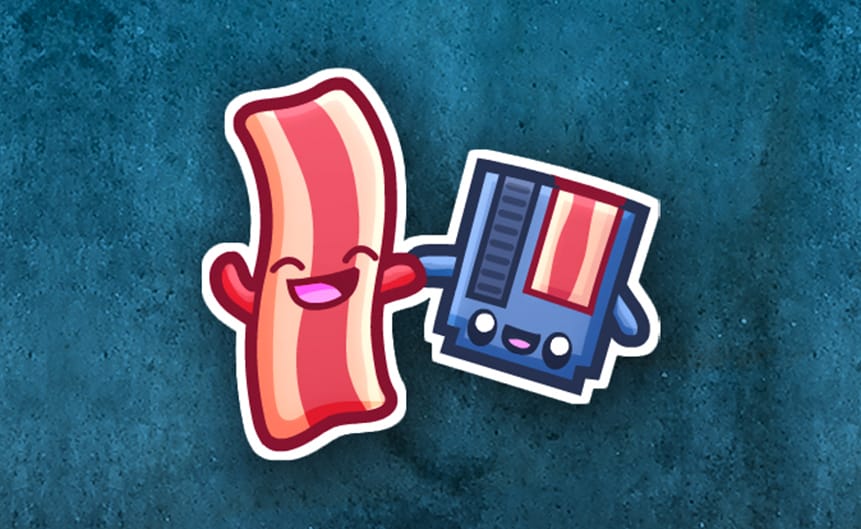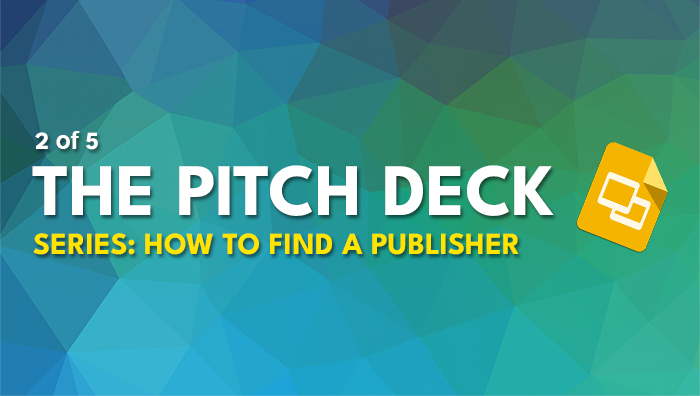Creating the Pitch Deck for Your Indie Game (2/5)
The centerpiece of most game pitches is your pitch deck, often made in Google Slides or Powerpoint (🤮) to let the publisher know what you're making, who you are, and what you need from them.
The following video takes a look at the pitch deck from Bear & Breakfast, a game we published at Armor, which remains to this day one of the best decks I've ever seen.
Key Points from the Video
The video above walks you through the Bear & Breakfast deck as an example (not a template) of how to hit the requisite points for a good deck. Below are the main ideas from the video:
- Understanding what a pitch deck is (1:49)
- Writing a hook/elevator pitch (2:27)
- Knowing your audience (4:10)
- Using art strategically (6:50)
- Avoiding crunch (8:04)
- Understanding that it's a process (10:39)
I want to reiterate that last point. Pitching isn't an event. It's a process. You may pitch dozens of publishers before you get a response and you may even pitch the same publishers a few times, depending on where the conversation leaves off.
Don't get discouraged. If you know going into it that it's a process of pitching, refining your deck, pitching, looking at your game through new lenses, pitching again, etc... you'll go in with the tempered expectations that will help you succeed.
Up Next: When to Pitch
The next video on the series tackles the subject of how to know when it's time to pitch your indie game to publishers.


